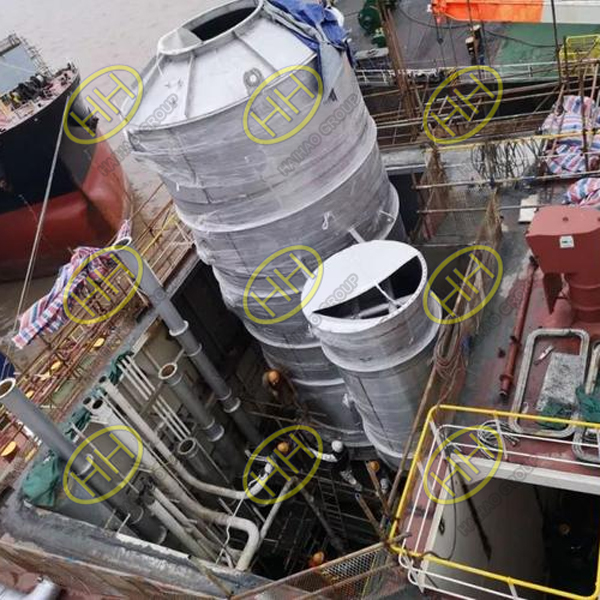Working principle and characteristics of open-loop EGCS
Open-loop EGCS (Exhaust Gas Cleaning System) is a type of exhaust gas treatment system used on ships, commonly known as an open-loop scrubber. According to data from DNV·GL, around 80% of the currently installed scrubbers are open-loop types, followed by hybrid scrubbers, which account for approximately 18%. Most ships utilize open-loop EGCS. This article focuses on the working principle and characteristics of open-loop EGCS.
The working principle of open-loop EGCS involves using seawater pumps to introduce seawater into the scrubber tower, where the seawater mixes with the ship’s exhaust gases. The alkaline nature of seawater allows it to react with the sulfur compounds in the exhaust gases, washing them away. The treated wastewater (strongly acidic) is then discharged overboard.
The characteristics of open-loop EGCS include:
1.Relatively Low Cost: Compared to closed-loop EGCS, open-loop systems do not require the addition of alkaline agents, thus reducing operational costs.
2.Simple Operation: Open-loop EGCS is relatively simple to operate, as it only requires seawater to be pumped into the scrubber tower.
3.Significant Environmental Impact: The discharged wastewater from open-loop EGCS contains high levels of acidic substances, which can have a considerable impact on the marine environment.
As an expert in pipeline systems, Haihao Group has participated in the construction of numerous large marine vessel pipeline systems and is well-versed in the knowledge of various ship pipeline systems. If your project requires pipeline system products certified by classification societies such as ABS, DNV, BV, RINA, or RS, please feel free to contact us.Email:sales@haihaogroup.com

